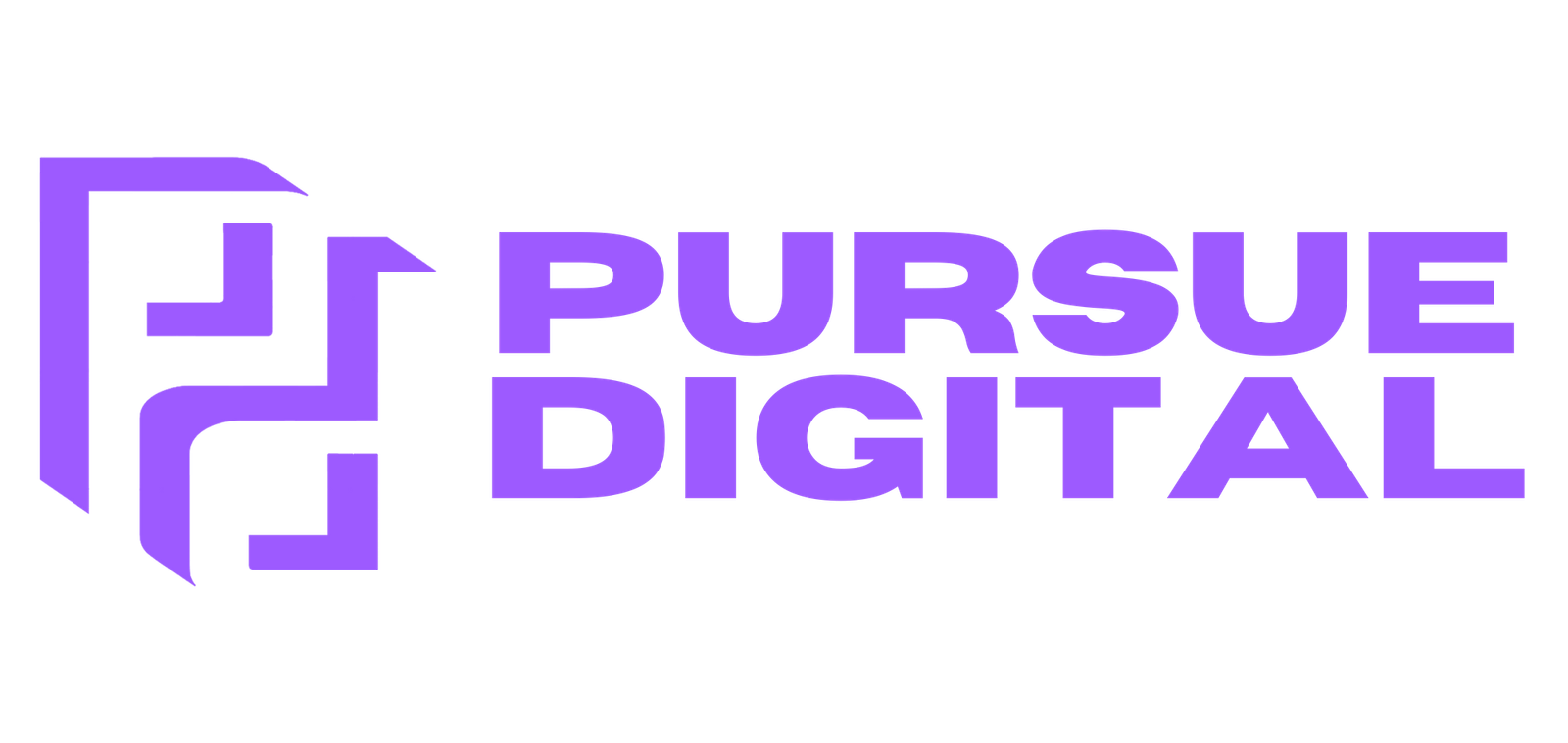In the fast-paced world of digital marketing, staying organised is half the battle. A content calendar isn’t just a nice-to-have, it’s essential for maintaining consistency and avoiding that dreaded last-minute content scramble. But let’s be real, plenty of marketing teams create content calendars that end up abandoned by February.
So how do you create a content calendar that actually works? One that becomes your trusted roadmap rather than another forgotten document? Let’s break it down.
1. Start With Your Business Goals
First of, begin by identifying your key business objectives
- Increasing brand awareness
- Generating leads
- Nurturing existing customers
- Establishing thought leadership
- Driving traffic to specific products or services
Once you’ve established these goals, assign percentages to each based on their importance. This will guide how much of your content should focus on each objective.
2. Choose the Right Format
The perfect content calendar balances functionality with simplicity. Consider these options:
- Spreadsheet
- Google Sheets or Excel – Free, flexible, and universally accessible
- Project management platforms
- Asana – More robust for larger teams with complex workflows
- Trello – Visual and simple for smaller teams
- Dedicated content calendar tools
- CoSchedule – Purpose-built for content marketing teams
The best choice depends on your team’s size, workflow, and existing tools. Whatever you choose, ensure it’s accessible to everyone who needs it.
3. Map Out Your Content Pillars
Content pillars are the core topics that align with your expertise and audience interests. Identify 3-5 pillars that will form the foundation of your content strategy. These pillars ensure your content remains focused and relevant to your audience.
4. Create a Realistic Publishing Schedule
Be honest about your resources. A sustainable publishing schedule is better than an ambitious one that quickly burns out your team.
- How many team members can create content?
- How long does your typical content creation process take?
- What other responsibilities do your content creators have?
Start modest and scale up as you build momentum. Perhaps begin with one blog post per week, two social media posts per platform per week, and one monthly newsletter.
5. Include These Essential Elements
An effective content calendar should track:
- Publishing date: When the content goes live
- Content type: Blog, social post, email, video, etc.
- Content pillar: Which core topic it addresses
- Primary goal: What business objective it supports
- Target audience: Who the content is for
- Working title/topic: What the content is about
- Keywords: Primary and secondary keywords for SEO
- Call to action: What you want readers to do
- Owner: Who’s responsible for creating it
- Status: Planning, in progress, reviewing, scheduled, published
6. Build in Flexibility
Leave space for timely content. A good rule of thumb is to plan 70-80% of your content in advance, leaving 20-30% open for trending topics, timely events, or unexpected opportunities.
Consider creating a “content bank” of evergreen ideas that can be pulled when needed or used to fill gaps.
7. Establish a Review Process
Content calendars need regular check-ins to stay relevant:
- Weekly – Quick review of upcoming content and adjustments
- Monthly – Performance review and content optimisation
- Quarterly – Bigger-picture strategy alignment and goal assessment
These reviews help you adjust course based on what’s working and what’s not.
Keeping Your Content Calendar Alive
To ensure your content calendar remains a valuable tool rather than a forgotten document:
- Assign ownership – Designate someone to maintain and champion the calendar
- Integrate it into workflows – Make it part of daily operations, not an afterthought
- Celebrate wins – Acknowledge when content performs well to build momentum
- Simplify updates – Make it easy for team members to suggest ideas and report progress
Final Thoughts
A content calendar isn’t just about organising topics and dates, it’s about creating a sustainable system that aligns your content with your business goals. The best content calendars are documents that evolve as your strategy matures and your results come in.
Start simple, focus on consistency, and remember that the goal isn’t perfection, it’s progress. With a thoughtful approach to planning and a commitment to regular review, your content calendar will become an invaluable tool for your marketing success.





